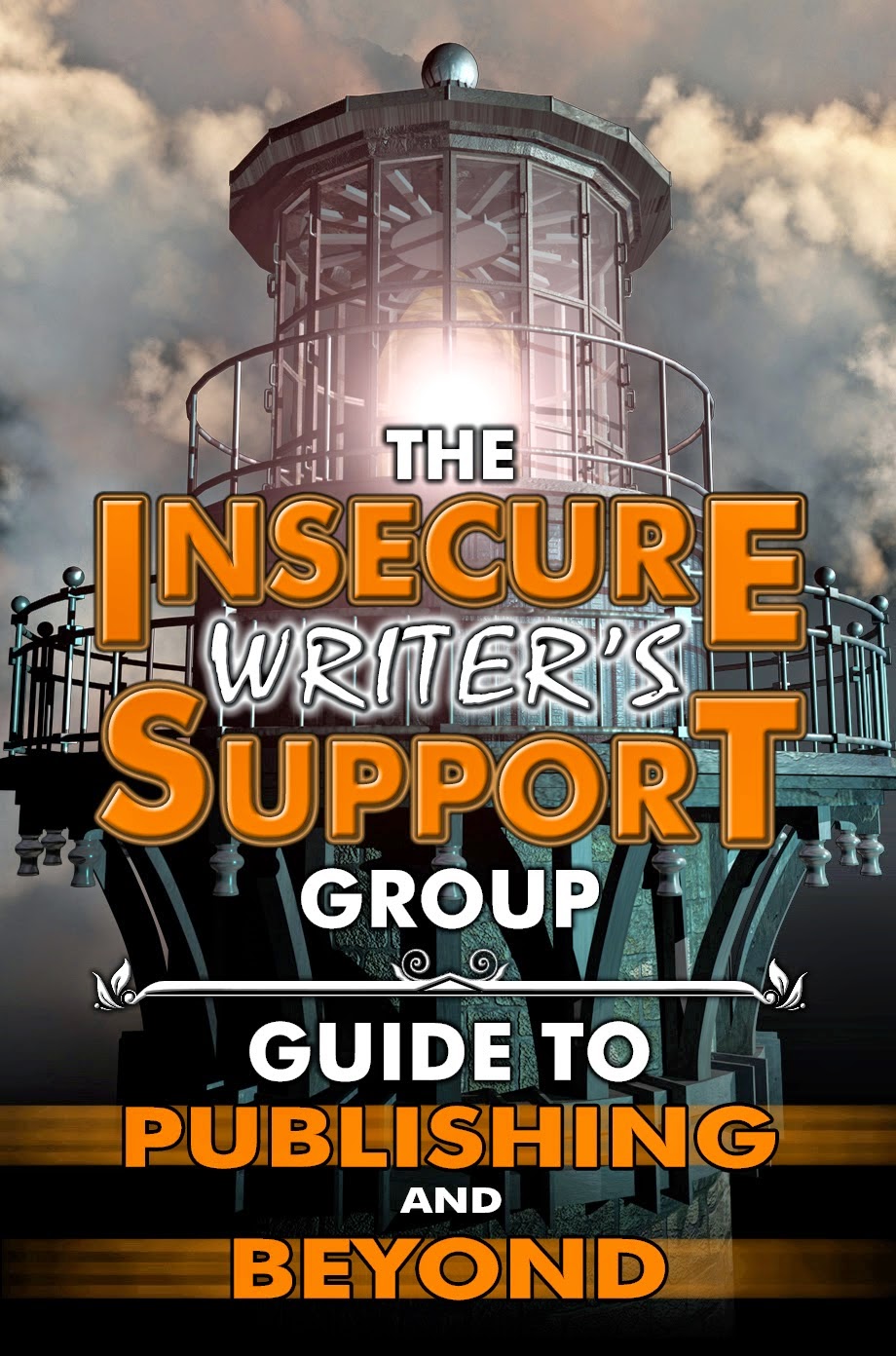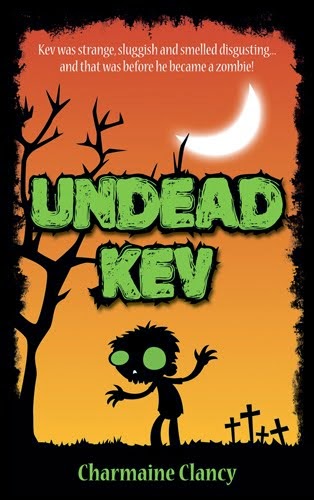This first part of this series on
creating emotional attachment between readers and characters is going to look
at engendering sympathy, and in this particular post, by putting characters in
risky situations. If you want the reader to feel concern for the characters in
your story, putting them in danger is a simple way to do it.
Any time something of value is on
the line, how the situation plays out will be of interest, and that is true for
all the parties involved. But if you can communicate what’s at stake and make
the reader as keen to avoid that outcome as the character, then it will amplify
the level of interest in what happens next.
A life and death situation is
obviously going to grab the attention quickest and probably keep it until at
least that particular situation is resolved. But it’s not always enough to just
set up the situation and leave the reader to gauge the threat level for themselves.
You might consider it clear that a guy going into a burning building is risking
his life and no more needs to be said, but not all situations are going to be
as clear cut.
If you are sure the danger is
clear, that’s fine, but you should bear in mind that often the most obvious
things are obvious because of familiarity and cliché. One way to avoid that
kind of generic representation of a situation is to make it personal to the
character experiencing it.
You want the reader to feel the
danger of this particular situation, specifically for this particular person.
How the character acts is going to have an effect on the reader. If they happen
to be a superhero impervious to fire, that’s going to produce a different
response from the reader than if they have a lifelong fear of flames.
It’s probably the easiest thing
to overlook with moments of extreme danger, that the writer assumes the danger
doesn’t require more than outlining and everyone will get it. But understanding
intellectually what the risks are, and feeling it emotionally aren’t
necessarily the same thing.
Even
if the character is hanging out of a helicopter, their grip slipping and death
waiting below, a visceral depiction of what the character is feeling and
experiencing, what the ground looks like from up there, what thoughts pass
through the character’s mind, the strain in their muscles, all these things can
make a difference.
There are, of course, other types
of danger. Any risk of unpleasantness, whether serious
injury, loss of a person’s livelihood, their self-respect or losing their pants
in a public place, can create sympathy for the character if the reader can
relate to how the character feels about it.
As
well as the potential loss a character is subjecting himself to, there are also
two other areas you need to take into consideration.
Firstly,
why is he doing this thing? That will have a big effect on how the reader feels
about him. If he runs into a burning building to save a child that will create
a different kind of response from him running in because his buddies dared him.
The physical danger is the same in both cases, but in one he’s a hero and in
the other he’s a jackass.
In
order to make sure you engage reader sympathy (assuming you aren’t writing
about a jackass) you need to make it clear what the motivation is. That doesn’t
mean you have to be blunt or too on the nose about it, but you can use this
information to intensify the reader’s level of engagement.
The
other thing to bear in mind is how the character reacts after the danger has
passed. If he acts like it’s no big deal, then the effect on the reader can be
lessened. If he acts like a big shot and starts showing off about it, that can
also change the reader’s attitude towards him.
The point is danger will put the
reader in a certain frame of mind. They are susceptible to becoming emotionally
attached to the character, but how deeply you draw them in is going to depend on
how well you establish what’s at stake, what it means to the character, and how
they handle themselves.
Of course, someone can come
through a dangerous situation completely unscathed. Everything could go just
right and the anticipation of something awful happening never materialises.
This can be a great way to kill any tension and completely scupper all feelings
of sympathy. The closer the character comes to disaster, the better.
If you found this post useful, please give it a retweet. Next in the series, we'll look at what happens when the thing the character most dreads comes to pass. While terrible for
them, this is an even better opportunity to get the reader emotionally involved,
as we’ll see in Thursday’s post—Sympathetic
Characters Part 2: Suffering.








































































































21 comments:
Didn't really play the danger card until the end of my first book, although there are moments of danger along the way.
@alex - just one tool in the tool box. This series may take some time...
Thanks for refreshing our memories. We need to go back to basic sometimes.
@Francene - hopefully once I've laid out all the options it will make the process of taking control of the reader's free that much easier.
You stole that image from Skyfall!
This is one topic I have a firm grasp on. It's what my readers and reviewers most comment on after reading my book. Nice to know I'm doing one thing right! Great post, as always.
@Michael-well, if anyone knows about danger...
@Nancy - thank you!
I'm not sure I agree putting a character in danger will automatically create sympathy. If the character is an idiot, or unpleasant, or unrelateable, no amount of danger is going to make them sympathetic - in fact you could have a situation where the reader hopes the character fails. It may be part of cementing the reader's sympathies to a character, but I don't think it will fix the problem if the writer has done everything else wrong.
@Ciara - it won't necessarily make you like the character, but it will make you want to see what happens. We have a involuntary reaction to pain, no matter whose it is. We all wince when someone burns their hand on an iron, even if it's an idiot. And that feeling of 'glad I'm not in that situation' is enough to trigger a bond. Obviously it will be a stronger bond if the character isn't a twit.
so true! building emotion, getting sympathy from the reader totally gives to the character. great great post...that house burning is intense...great imagery for the post
Like Alex, I too played the danger card only in the end for my character. Getting sympathy from the reader is so important.
@Tammy - thanks, I'm all about the intensity.
@Rachna - writers, so manipulative!
I've always wanted to find the right balance in danger scenes among action, feeling, reaction, and dialogue. From what I've read here, motivation is key and I'll be thinking more about it as I write. Thanks!
Nice reminder Mood of description creating the emotional draw. I like your examples.... Well done. I so appreciate the time you take to give such great examples so we REALLY understand what your trying to convey to us.
Thanks!
Michael
@CS - in real life, of course, we often have no idea why we do things (I certainly don't), but in fiction you really need to have reasons.
@Michael - cheers!
Love this post. I can tell I'll love the whole series as well :) I'm always throwing my characters in danger :)
Nutschell
www.thewritingnut.com
Great post. I needed to be reminded that comfy, safe stories don't make the reader want to turn the page.
@nutschell - I hope the series lives up to expectations.
@Jenn - cheers.
Physical danger is just a means of drawing the reader into the emotional backstory of the MC. The movie The Guardian uses this technique to build not only Kevin Costner's story as a tough as nails rescue swimmer, but also to draw the viewer into the protege (Ashton Kushner's Fische) superior attitudes of accomplishment.
Characters are fascinating entities, especially when they are complex.
.......dhole
I've finally gone back to begin the series from the beginning. Awesome breakdown of a character in danger and why it does or doesn't engender sympathy. I'm taking mental notes furiously.
@Rusty - furiously is pretty much the best way to do everything.